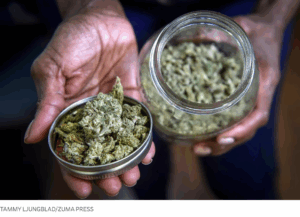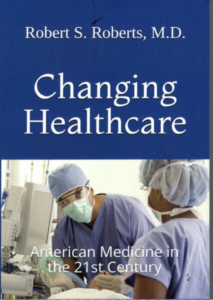
The government shutdown continues into its second month, and Democrats would have you believe they’re fighting to keep ObamaCare affordable. But what is the average cost of ObamaCare premiums per month?
A new article published in The Wall Street Journal gives us the answer. The editorial board tells us, “The Centers for Medicare and Medicaid Services (CMS) this week released a fact sheet on ObamaCare’s pricing next year, and here’s the most important line: “The average Marketplace premium after tax credits is projected to be $50 per month for the lowest cost plan in 2026 for eligible enrollees.” Nearly 60% of “eligible re-enrollees will have access to a plan in their chosen health plan category at or below $50 after tax credits.”
Fifty dollars a month for healthcare! Many people spend more than that for coffee each month at Starbucks! Makes you wonder if this is a misprint. But the editors go on to say, “You read that right: The majority of enrollees will continue to have a plan at $50 a month or cheaper, even without the extra pandemic-era subsidy that is expiring. That’s a pittance compared to what many Americans shell out if they’re insured through their employer, even accounting for the fact that employer plans tend to be superior in their choices and coverage. Taxpayers on average are “projected to cover 91% of the lowest cost plan premium in 2026 for eligible enrollees” in ObamaCare, CMS reports.”
The expiring ObamaCare payments were sold to help weather a once-a-century health crisis. Next year’s sticker shock is largely concentrated in Americans age 55 and older with incomes above 400% of the poverty line—affluent early retirees who represent a fraction of overall enrollment and aren’t a compelling case for an income transfer that could cost some $450 billion over 10 years.
The WSJ editors say, “Credit to the Trump Administration for elevating these facts and showing that the GOP can do better than merely negotiate the price of an eventual ObamaCare surrender. Even moderate Republicans in Congress who fear the politics of expiring subsidies said recently in a letter that “significant reforms are needed” and that the party shouldn’t deal on the issue until the government reopens. Democrats might need to find a new shutdown strategy.”
Stop and think about the damage done by this government shutdown caused entirely by the Democrats’ refusal to keep the government open. Millions of Americans are going without paychecks for over a month now; airports are experiencing flight delays due to shortages of air traffic controllers and TSA agents, and the military and border patrol agents are working without pay. But Congress isn’t going without pay! All this because Democrats are pushing for effectively free healthcare for nearly everyone. Perhaps the socialist running for mayor in New York City isn’t an outlier but actually the coming trend in the Democratic party.



